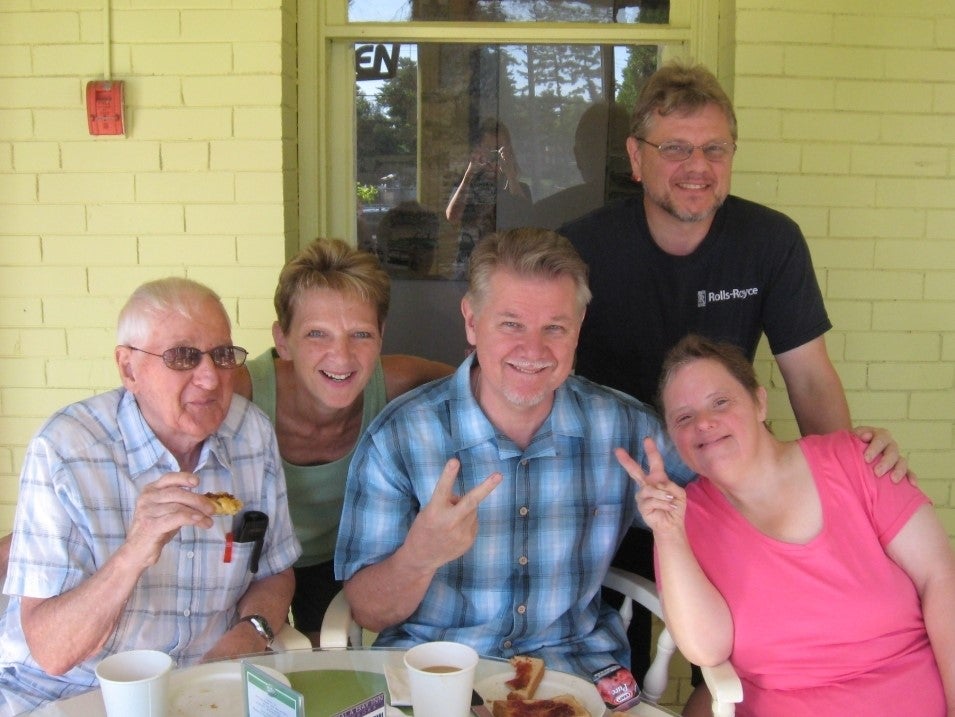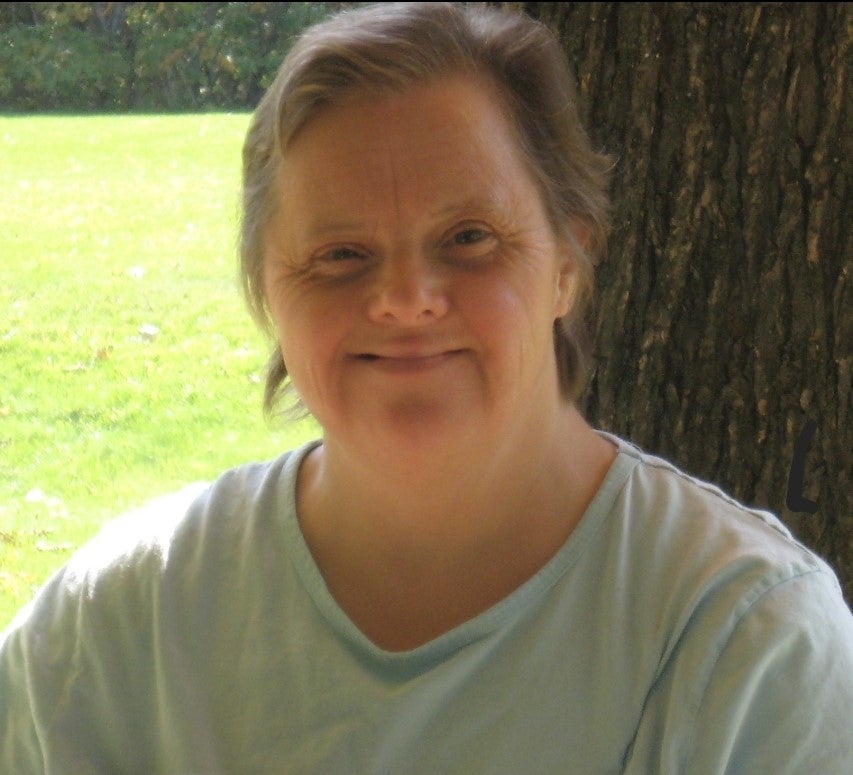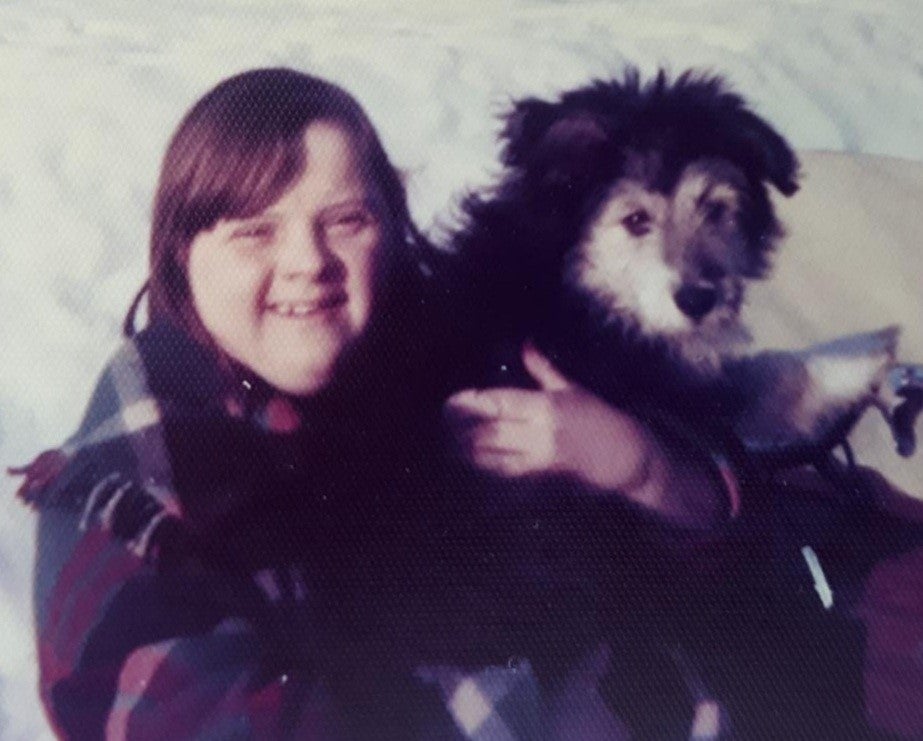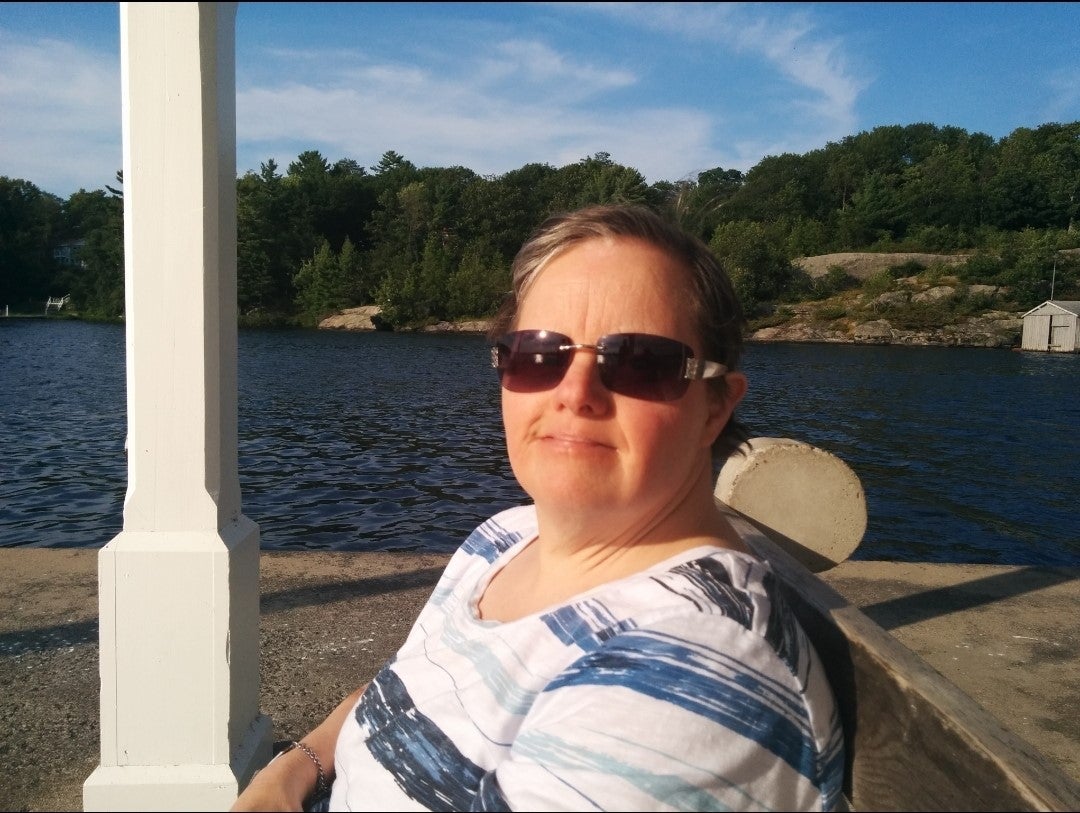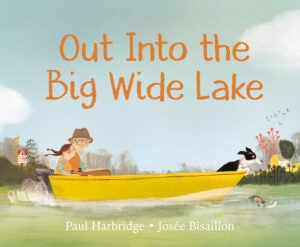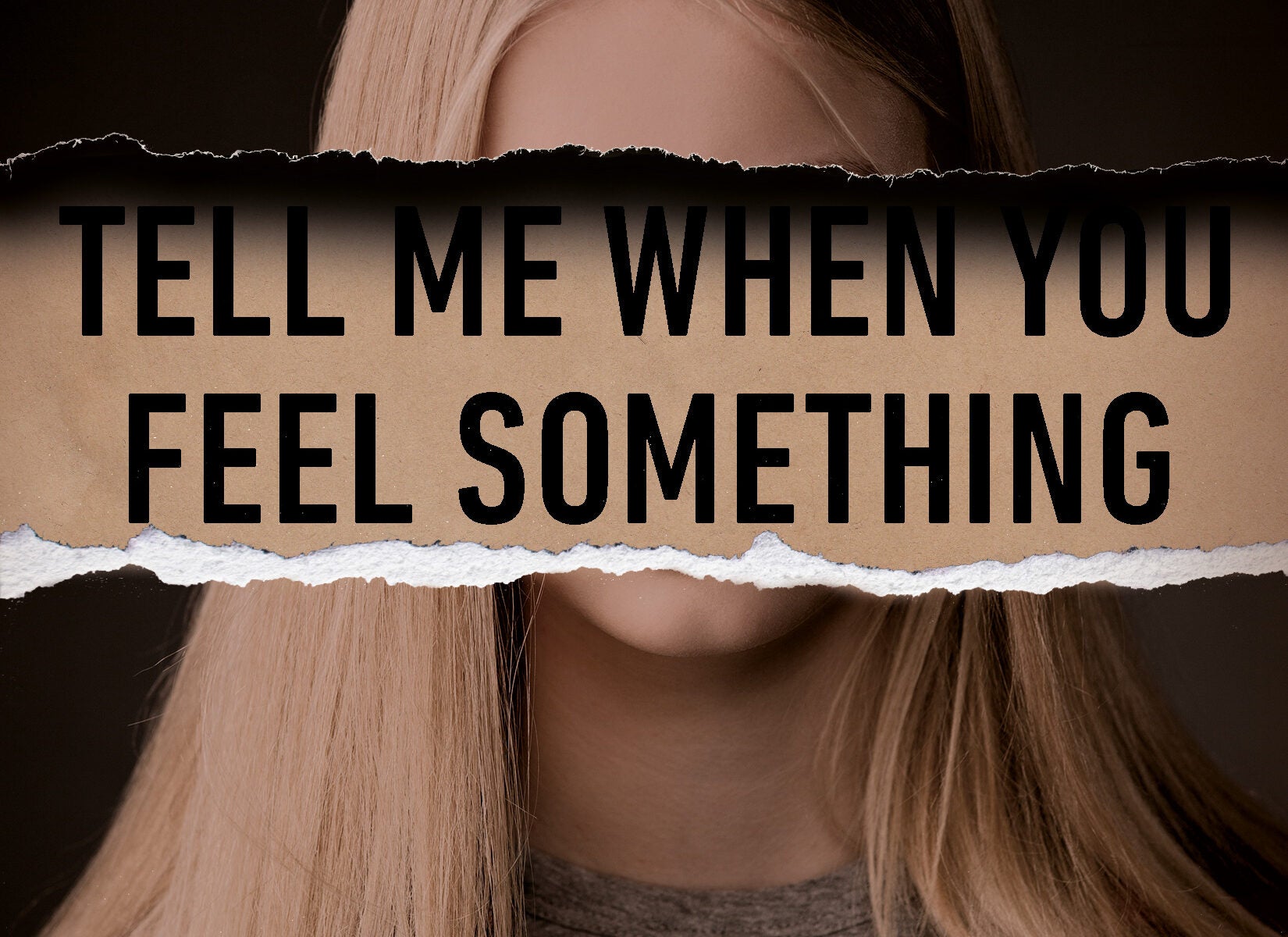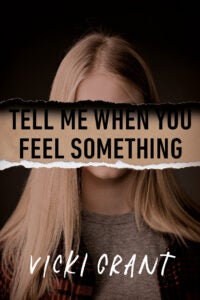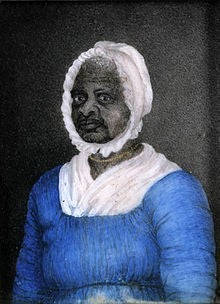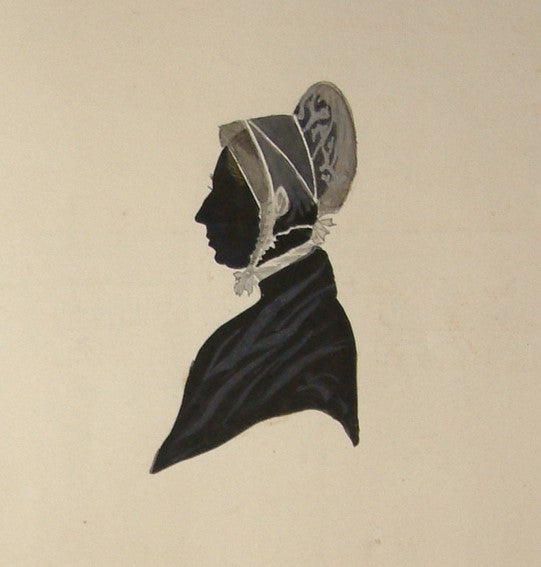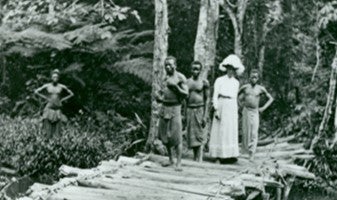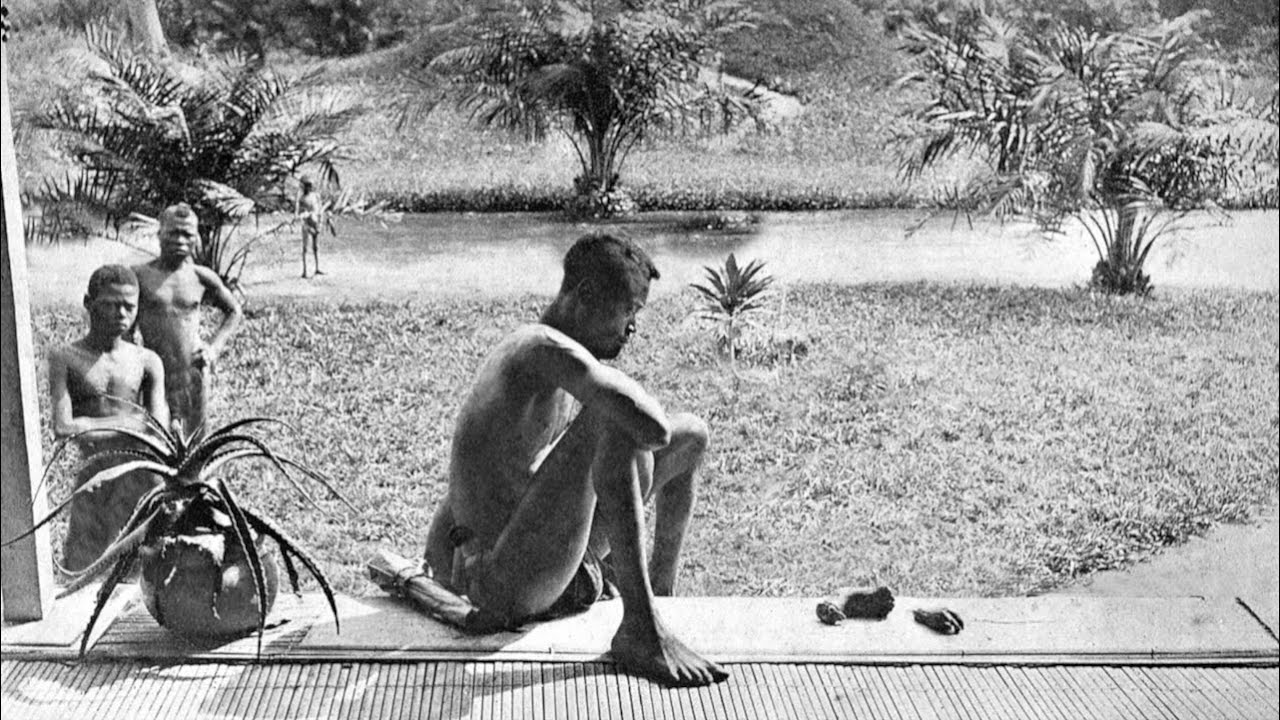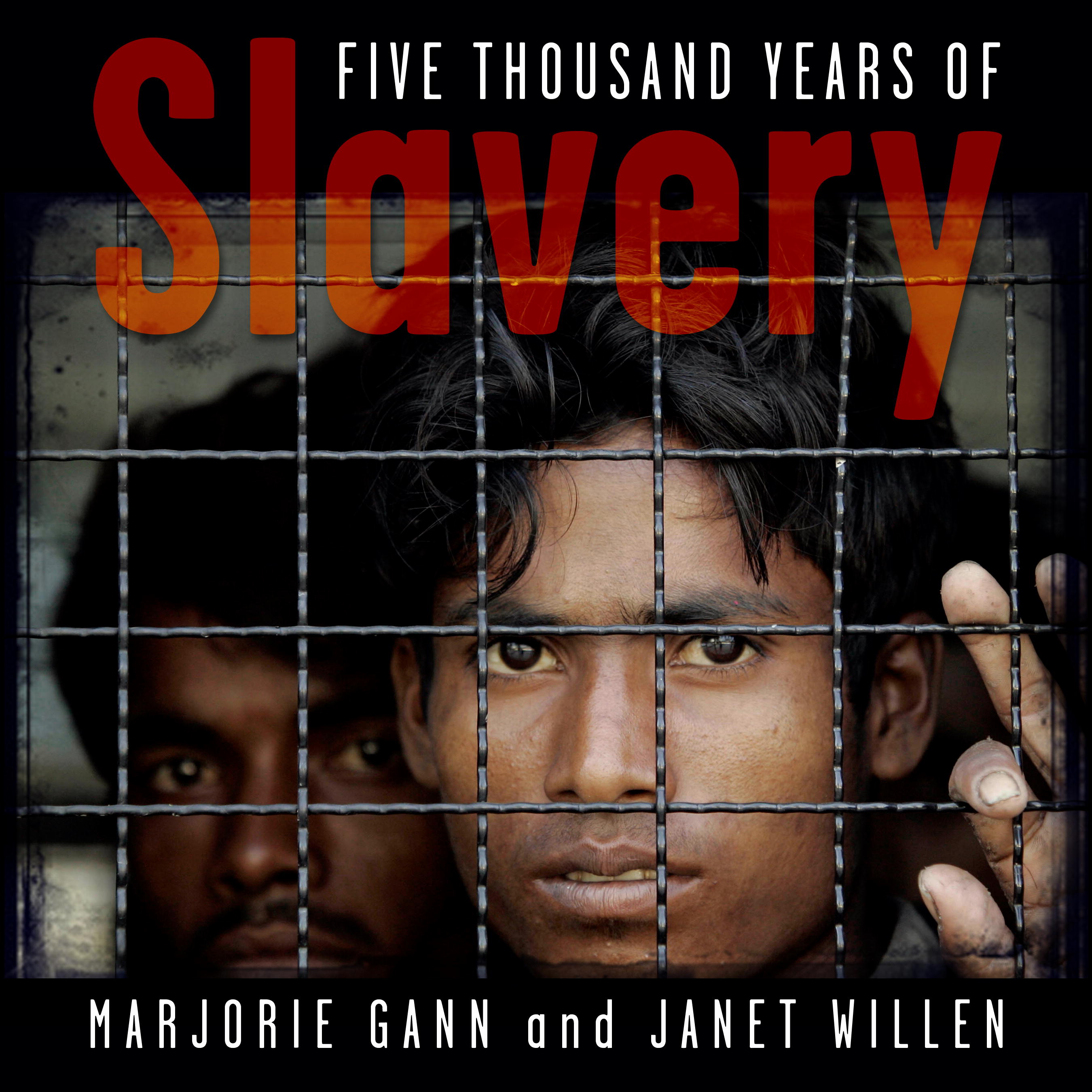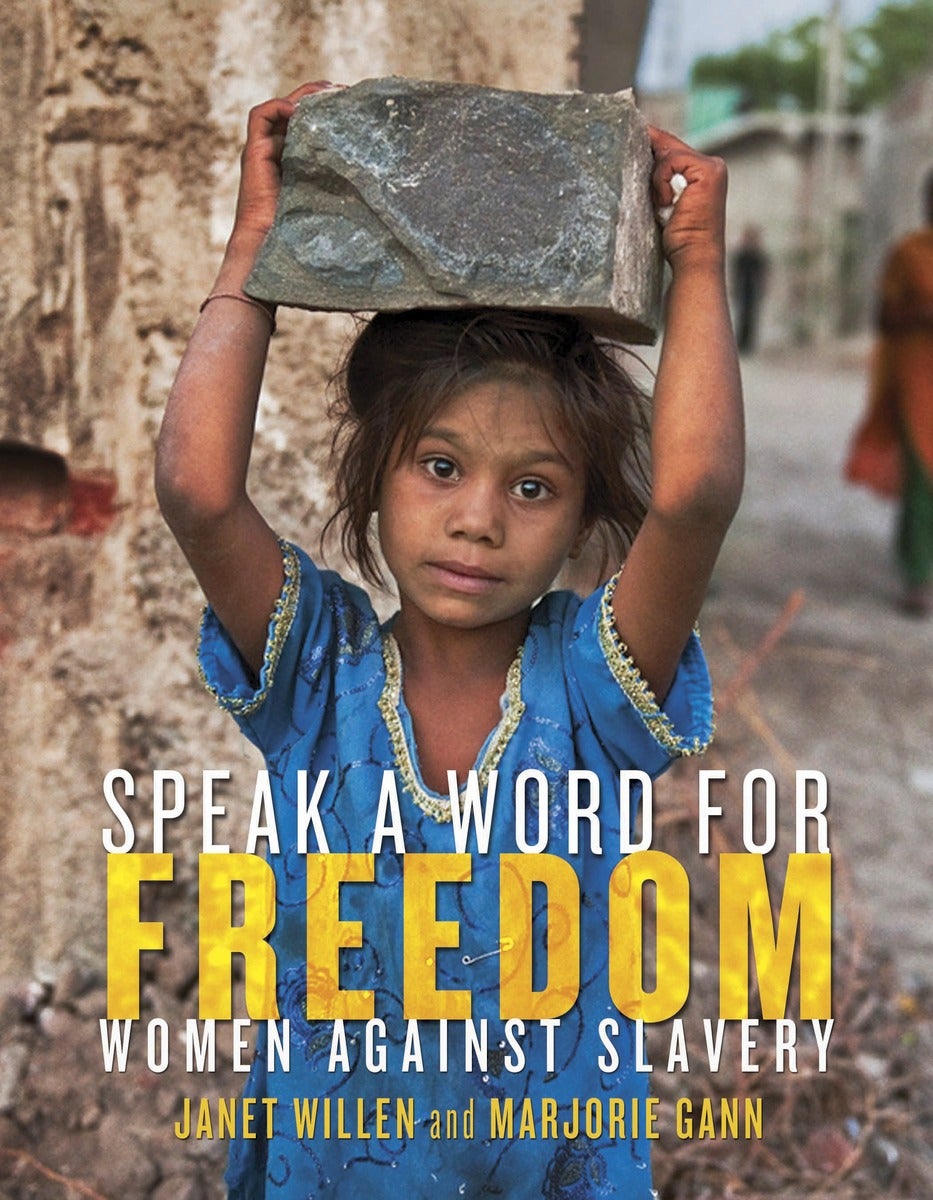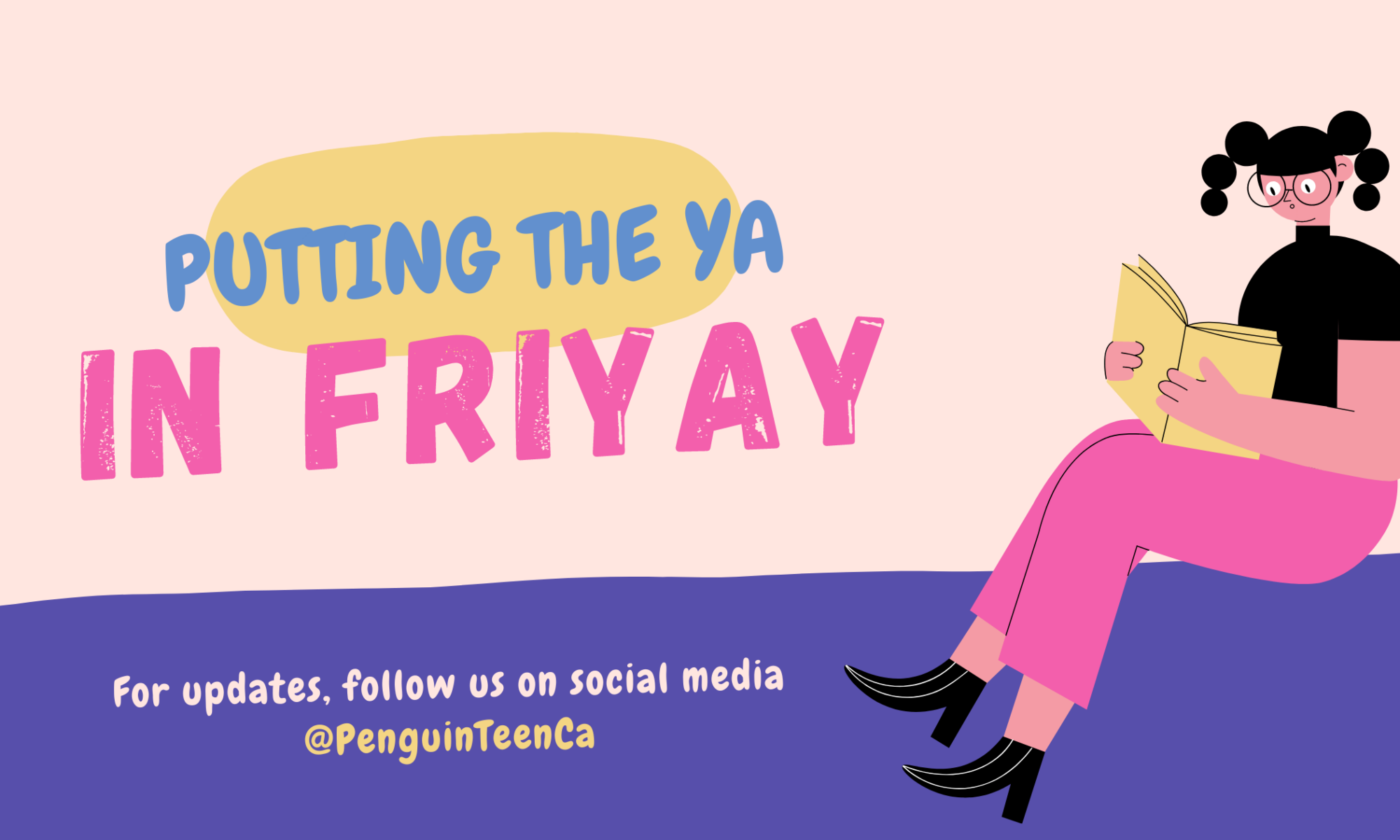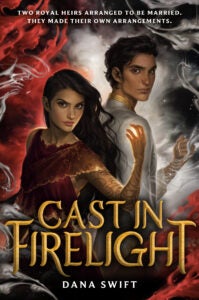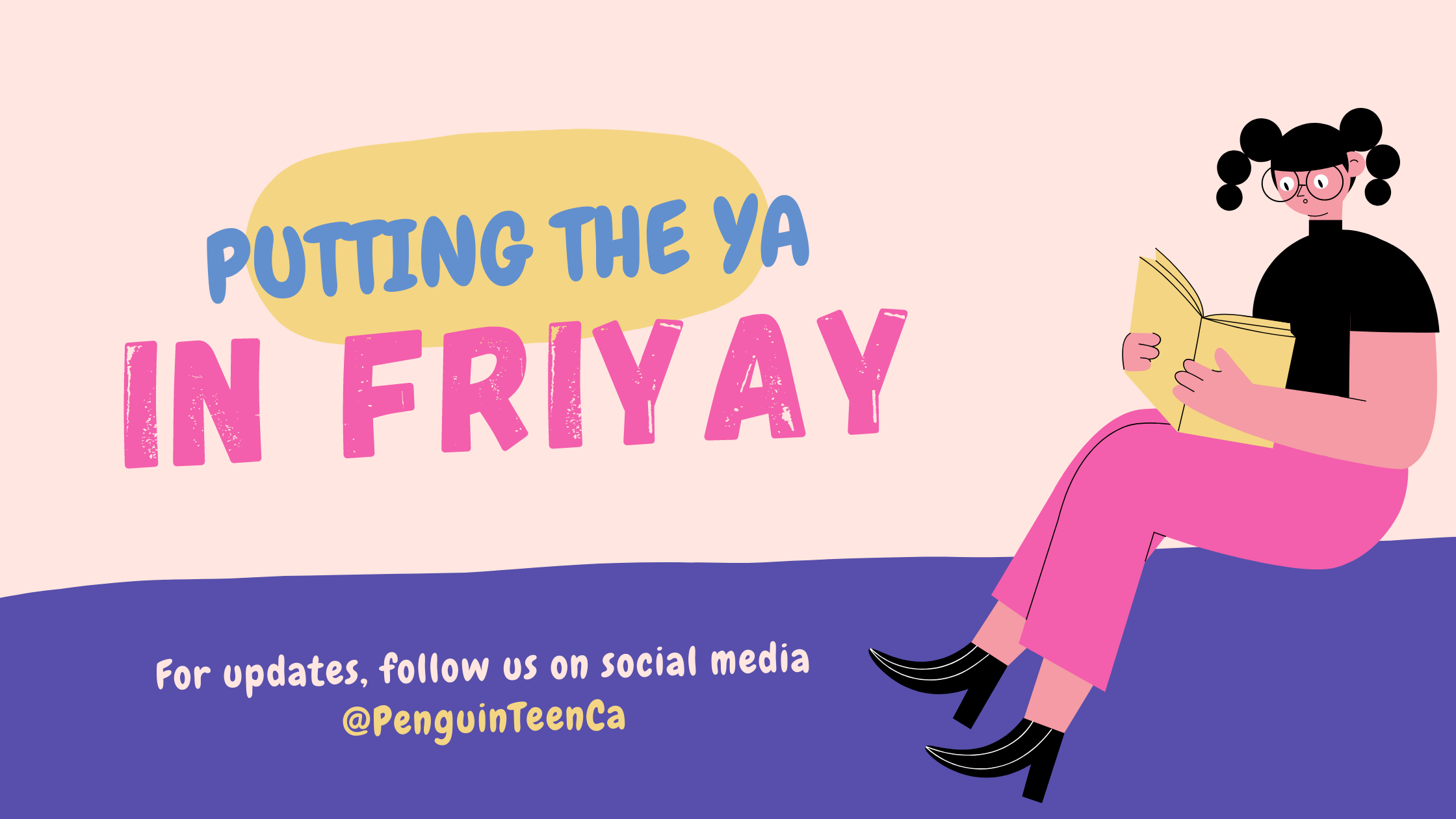
In honor of AAPI Heritage Month (and just because we loved A Taste for Love), we asked author Jennifer Yen a few questions about her sweet – in more ways than one! – new romcom!
Q&A with Jennifer Yen
Tell us a bit about A Taste for Love! What inspired you?
I originally pitched A Taste for Love as Jane Austen’s Pride and Prejudice meets the Great British Baking Show, with matchmaking Asian mommas! While it is a young adult romcom, it’s actually a story about all kinds of love: for yourself, your family and friends, and of course, for that special someone! I was inspired to write it because growing up, I wanted to see characters like me finding and falling in love. I also wanted to write a book that highlighted the experience of growing up as Asian American diaspora.
Are you a baker yourself? If so, what’s your specialty?
I do bake, though I’m not anywhere near Liza’s level! My favorite pastries to bake are cakes, because I love the different flavors you can layer in through the cake, icing, and toppings. One of my hopes once COVID has passed is taking lessons on how to decorate them!
Related: if you were on a cooking show, what would be your signature dish?
I’ll let you in on a (not so well kept) secret . . . I’m a terrible cook! However, when I do attempt something, I stick to the dishes my mom taught me. My favorite is her vegetarian sushi.
Who is your favorite Jane Austen hero and/or heroine?
There’s a reason why I chose Pride and Prejudice as my first retelling. Elizabeth and Darcy have a very special place in my heart.
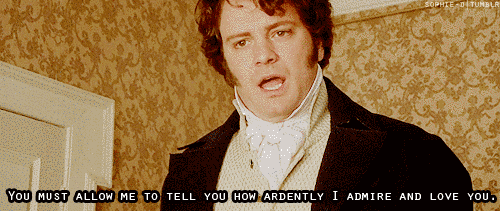
What’s your favorite romance trope?
Oh my goodness . . . there’s so many! I love enemies-to-lovers, friends-to-lovers, one-sided (they think) love, there’s only one bed, stoic versus sunshine, I could go on. . . .
If you could write a modern version of any classic novel, what would it be? Why?
This will probably surprise a lot of people, but I would love to write an epic fantasy like Journey to the West by Wu Cheng’en. It was the book my dad used to read me at bedtime when I was growing up, and I remember being so enthralled by the characters and their adventures.
What’s your number one piece of writing advice (either that you give people or that you’ve received)?
The best advice I’ve ever received from several authors – the most recent of whom was the wonderful Sarah Kuhn – is that successful writers are the ones who don’t give up. Publishing is tough, and you’ll face a lot of challenges, but perseverance is key to making it through. As for the advice that I give, it’s to know your strengths. Start from there so you have the confidence to tackle the parts that are most challenging to you.
What are you working on next?
I have a few projects in the works, but there are only two I can talk about right now. The first is my second book, Love, Decoded, a modern day retelling of Jane Austen’s Emma. My protagonist is Gigi Wong, James’ younger sister. Of course, it wouldn’t be a Jennifer Yen novel without delicious food, family drama, and a banter-filled romance, so there’s that too! The second is Every Body Shines, a fat positive anthology I contributed to that’s coming out in June 2021. My short story, “A Perfect Fit,” features a girl who must become the hero of her own story if she wants to be a princess at prom.
Pandemic question: What’s the one thing you just can’t live without these days?
I think anyone who knows me knows I will say BOBA TEA! Granted, I don’t always get the boba, but I live for milk tea. Also, with social distancing, I can’t live without my phone and computer! They’re my connection to the world.
Thanks for joining us, Jennifer! A Taste for Love is out now, make sure you pick it up from your favorite bookstore!
 A Taste for Love
A Taste for Love
By Jennifer Yen
336 Pages | Ages 12+ | Hardcover
ISBN 9780593117521 | Razorbill
To her friends, high school senior Liza Yang is nearly perfect. Smart, kind, and pretty, she dreams big and never shies away from a challenge. But to her mom, Liza is anything but. Compared to her older sister Jeannie, Liza is stubborn, rebellious, and worst of all, determined to push back against all of Mrs. Yang’s traditional values, especially when it comes to dating. The one thing mother and daughter do agree on is their love of baking. Mrs. Yang is the owner of Houston’s popular Yin & Yang Bakery. With college just around the corner, Liza agrees to help out at the bakery’s annual junior competition to prove to her mom that she’s more than her rebellious tendencies once and for all. But when Liza arrives on the first day of the bake-off, she realizes there’s a catch: all of the contestants are young Asian American men her mother has handpicked for Liza to date. The bachelorette situation Liza has found herself in is made even worse when she happens to be grudgingly attracted to one of the contestants; the stoic, impenetrable, annoyingly hot James Wong. As she battles against her feelings for James, and for her mother’s approval, Liza begins to realize there’s no tried and true recipe for love.
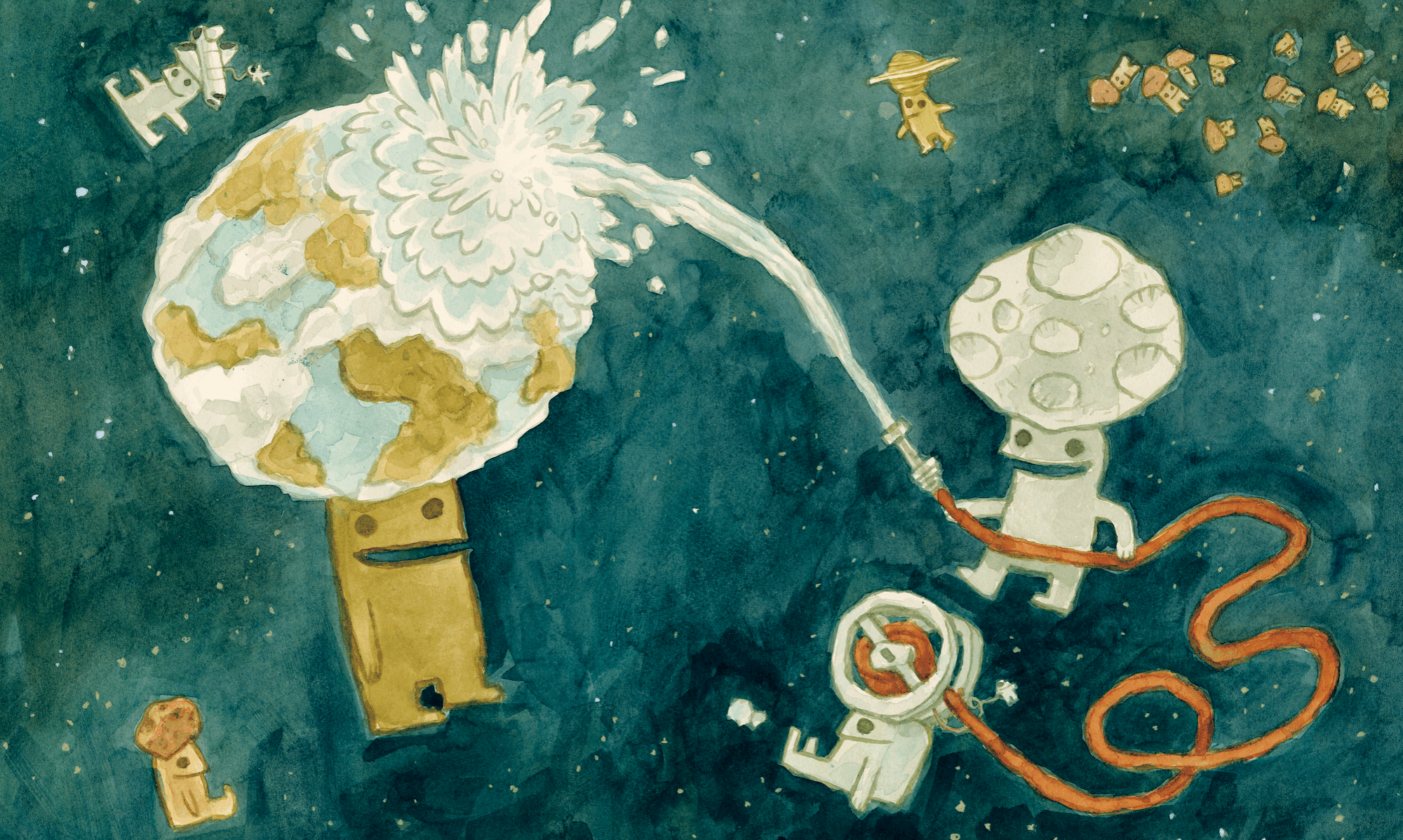


 Today is
Today is 